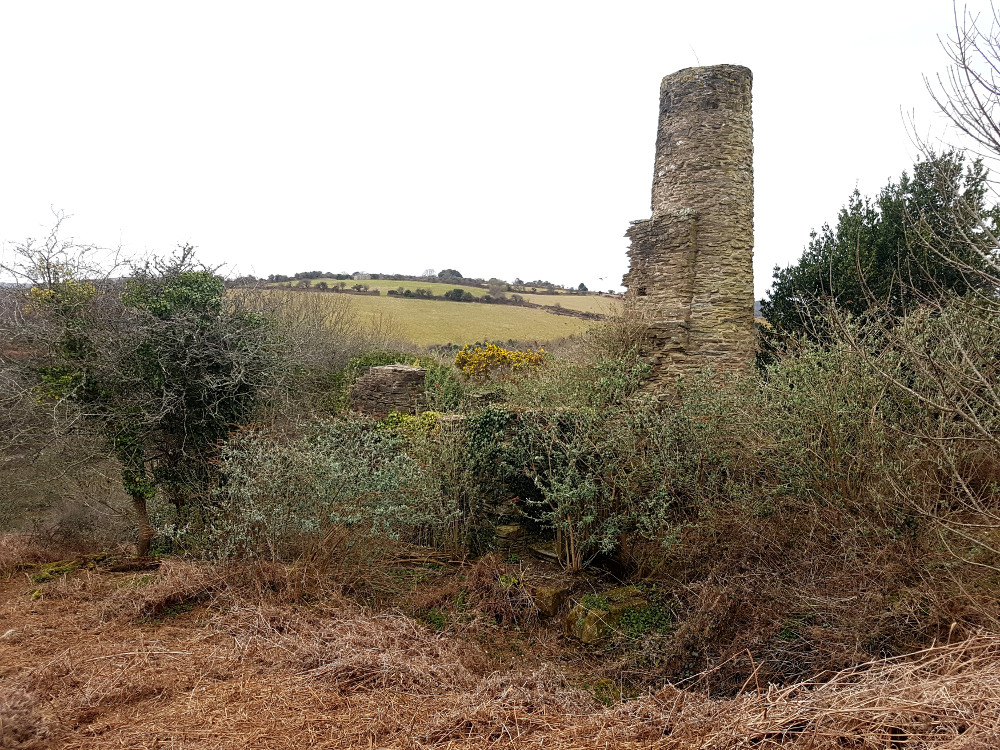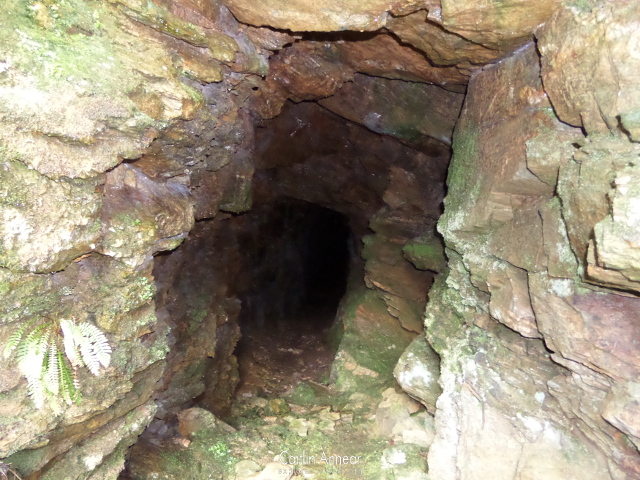The scant remains of Wheal Henry lie to the west of the village of Twelveheads, with little more than the shell of the engine house and a couple of shafts visible on the surface.
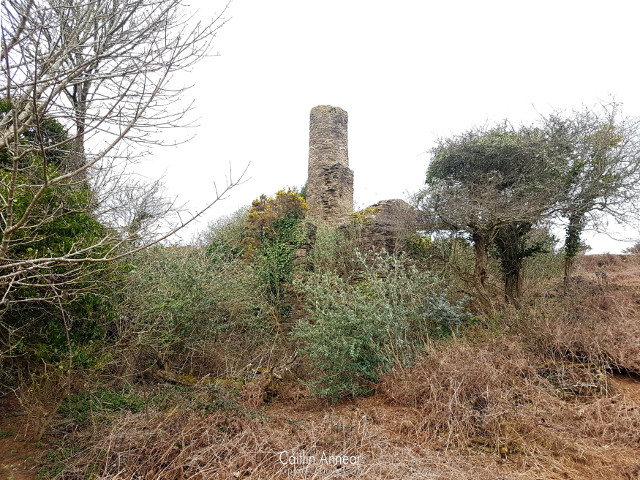
The first official mention of the mine dates to 1734, but like all the other mines in the area, it was probably around for much longer. In 1837, Wheal Henry amalgamated with Killicor mine across the valley, another ancient sett where practically nothing remains, however this was short lived as both had poor tin resources.
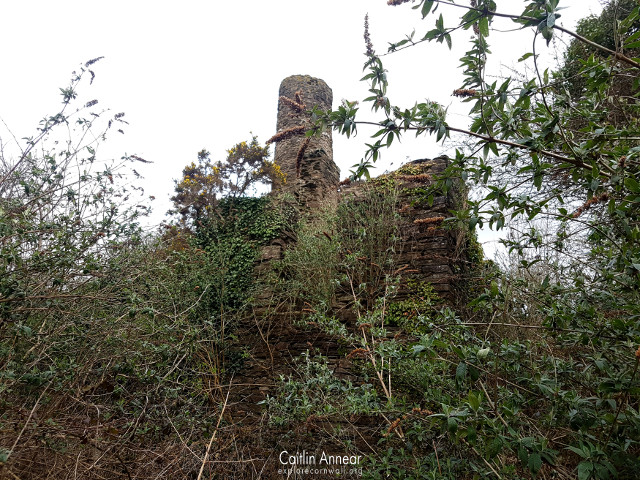
From 1841, the mine started paying for access to the Great County Adit, although it isn’t clear when it actually reached the mine. The mine was described as very poor at this time and stopped paying for the County Adit in the 1860’s.
When the mine actually closed isn’t recorded (that I can find), but since there are no recorded outputs from 1847, its likely to have closed for the final time during the 1860’s, having reached a final depth of 90-fathoms (164m).
There is a small adit below the engine house, however its unclear what it’s connected to.
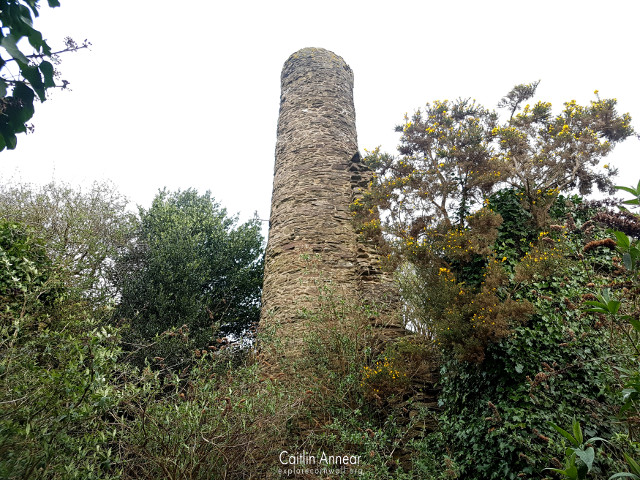
The pumping engine shaft below the engine house remains uncapped due to its awkward position on the hill. It’s depth is unknown. There are several other shafts associated with the sett, including Goodluck shaft to the west of the engine house; also Cornish and Reeve’s, both which reached the 22-fathom (40m) level.
No lode names are given.
1815-47
1,860 tons (1,889,847 kg) of copper
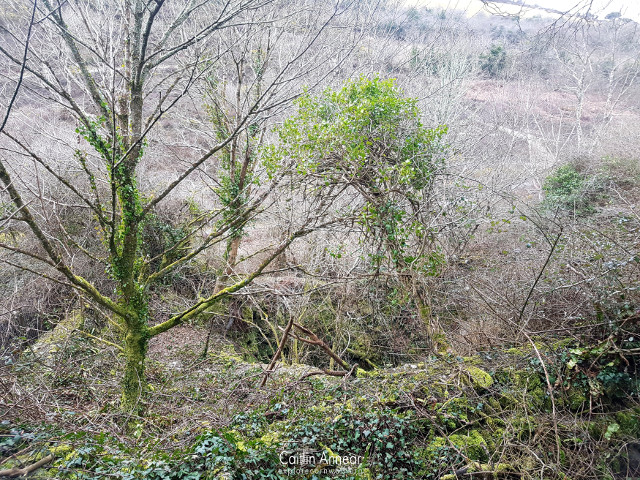
The engine house of unknown size (although not bigger than 24-inch), a Watt type rotative engine which would have probably worked from the shaft below via flat rods. This house is very unusual, actually sitting the wrong way around facing away from the shaft, probably due to the steepness of the hill it sits on. The house itself is built of killas without any other materials, such as wood, being used to strengthen it.
The history of the engine house is a bit of a mystery, with no actual records of its erection existing. It was likely built between 1800-20 (maybe 1819?), with surveys of the site classing it as probably one of the oldest standing engine house in Cornwall.
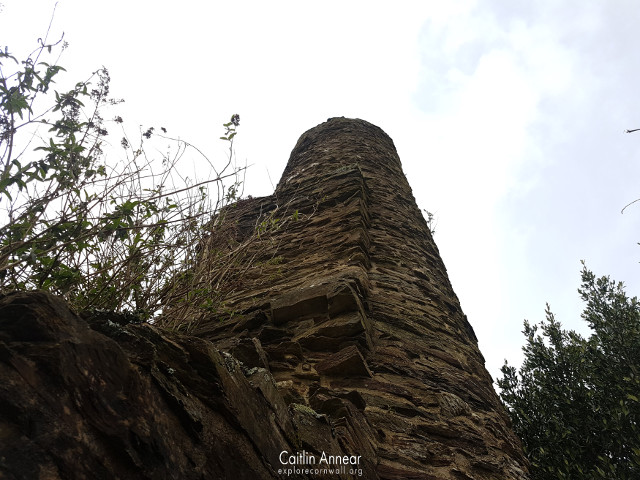
The mine building sits right next to a public footpath that leads up from the coast-to-coast bike trail, just outside of Twelveheads. The main shaft below the engine house remains uncapped, but its surrounded by such a dense border of brambles you can’t get to it anyway.
There is a small amount of parking in Twelveheads or at Poldice.
Buckley, A. (2000) The Great County Adit. Camborne: Penhellick Publications.
Cornwall Archaeological Unit (1996) ‘An Archaeological Assessment for Site Investigations and Shaft Treatment in the Poldice Valley’. Available at: http://map.cornwall.gov.uk/reports_event_record/1996/1996R038.pdf(Accessed: 25 May 2018).
Dines, H. G. (1956) The metalliferous mining regions of south-west England. British Geological Survey.
Hamilton-Jenkin, A. K. (1963) Mines and Miners of Cornwall: VI Around Gwennap. Truro: Truro Bookshop.
Nance, D. and Brown, K. (2014) A complete guide to the engine houses of West Cornwall.Gloucestershire: Lightmoor Press.
